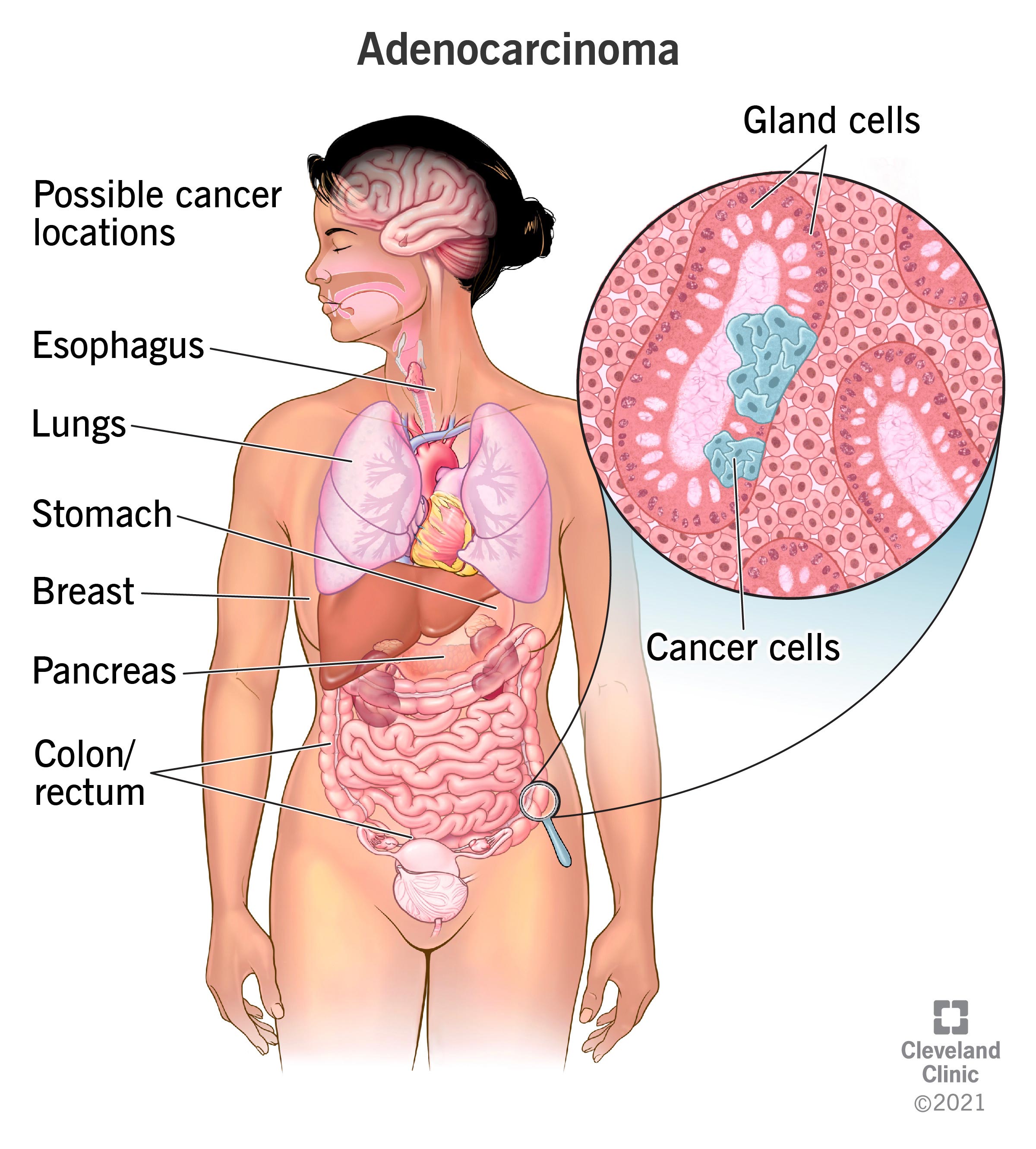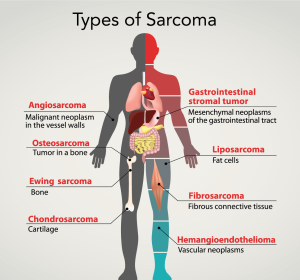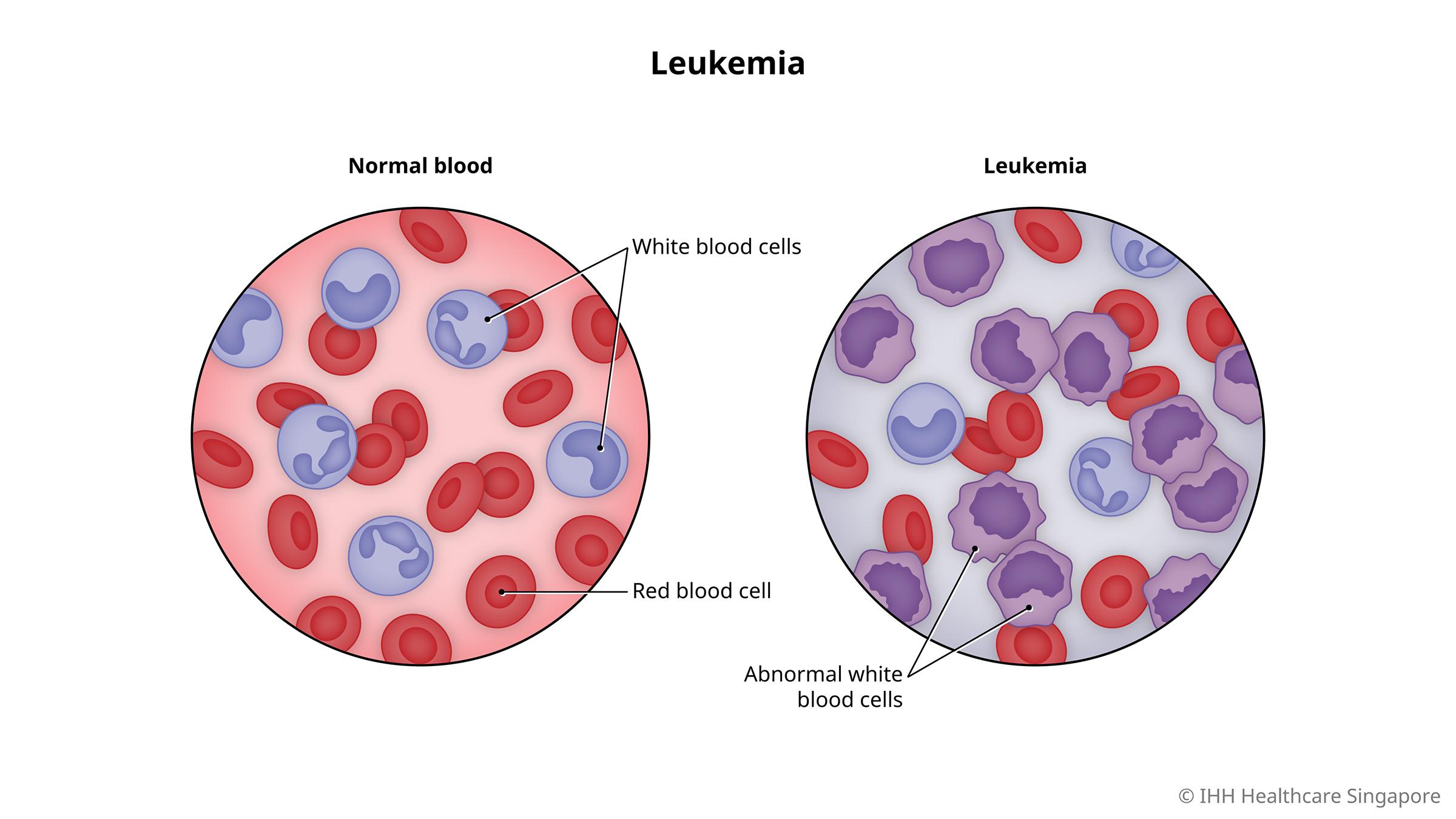

Cancer is a common but deadly disease, and so it is vital to understand exactly what it is and where it comes from so you are educated enough to make appropriate decisions.
According to the World Health Organization (WHO)Trusted Source, cancer accounted for almost 1 in 6 deaths in 2020.
More than 40% of cancer-related death could be preventable as they are linked to modifiable risk factors including excessive tobbaco usage and physical inactivity.
Almost at least one third of all deaths related to cancer could be prevented through routine screening, and early detection and treatment
Cancer occurs when genetic mutations in abnormal cells cause them to divide rapidly. You can inherit mutations or develop them due to environmental factors. These external factors are called carcinogens: Physical, from radiation; Chemical, cigarette smoke or alcohol; and Biological, viruses and bacteria. There are also several risk factors that will increase an individual's chances of developing cancer: Exposure to air pollution, an unhealthy diet, lack of physical activity, excessive alcohol consumption,and excessive tobacco use. The risk of developing cancer also increases with age. In general, the risk of developing cancer appears to increase until the age of 70 to 80 and then diminish, according to the National Cancer Institute (NCI).
The DNA in each cell has instructions that tell the cell what to do and thus, how to grow and divide. Mutations occur frequently in DNA, but usually cells correct these mistakes. When a mistake is not corrected, a cell can become cancerous. Mutations can cause cells that should be replaced to survive instead of die, and new cells to form when they are not needed. These extra cells can divide uncontrollably, causing tumors to form. Therefore, this is how cancer develops in patients.

Cancer can be classified based on the type of cell it originates from

This type of cancer begins in epithelial tissues which include the skin, the lining of the internal organs, and those that line the body cavities including the chest and abdominal cavity. As carcinoma cells grow and multiply, they form solid masses called tumors. Cancer cells can break away from tumors and spread to other parts of your body (metastasize). Some of the most common Carcinoma types are Adenocarcinoma, which starts in the glands that line your organs, Basal cell carcinoma, which starts in the basal layer of your epidermis and is the most common form of skin cancer, and Squamous cell carcinoma, which starts in the top layer of the epidermis where there is the most sun exposure.
This type of cancer beings in the connective tissues which are the supporting tissues of the body. These include the bones, cartilage, tendons, and fibrous tissue that support organs. These can be further divided into 2 key areas: bone sarcomas and soft tissue sarcomas. Sarcomas are much less common than carcinomas. According to the National Cancer Institute, about 12,000 cases of soft tissue sarcomas and 3,000 cases of bone sarcomas are diagnosed in the U.S. each year.


This is the cancer of the white blood cells. When the bone marrow makes too many white bloody cells, some may not fully form and therefore, they do not work properly. The abnormal cells then build up in the bloody leading to cancer. Doctors classify leukemia based on its speed of progression and the type of cells involved. Firstly, it is classified based on how fast the leukamia progresses: Acute or Chronic. Then it is classified based on which white blood cell it originates from: Lymphocytic leukaemia and Myelogenous leukaemia.
Lymphomas develop from the cells (lymphocytes) that make up the immune system. Myeloma occurs in the cells in the bone marrow, which are responsible for making antibodies. The lymphatic system is a one of tubes and glands in the body that filters body fluid and fights infection.
These are known as the central nervous system cancers. These tumours occur when abnormal cells form in any part of the brain or spine area. These may be benign, meaning it does not have cancerous cells, or malignant, meaning cancer is present. A tumour that originates in different part of the body and then spreads to the brain or the spinal cord is called a metastatic CNS tumour. The cause for most brain and spine cancers is not known,
Early detection of cancer significantly increases chances for successful treatment. There are 2 components of early detection of cancer which are early diagnosis and screening. The former focuses on detecting symptomatic patients as early as possible, while the latter consists of testing healthy individuals to identify any cancers before symptoms appear. Early detection is relevant to all types of cancer but those of the breast, cervix, mouth, larynx, colon and rectum, and skin are particularly relevant. Screening, on the other hand, is relevant to a subset of cancer types only – namely cervical, colorectal and breast cancers